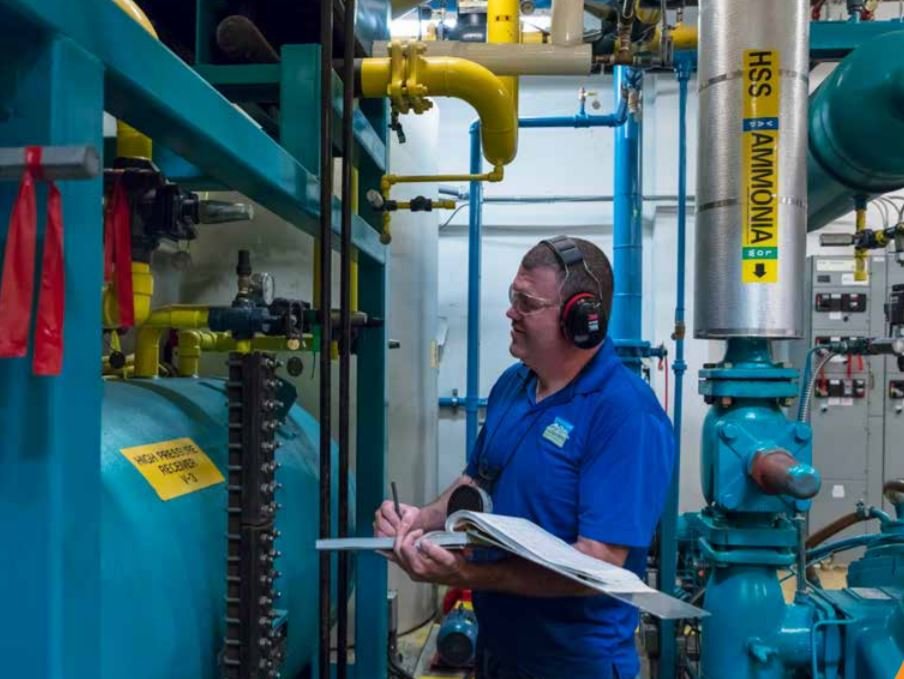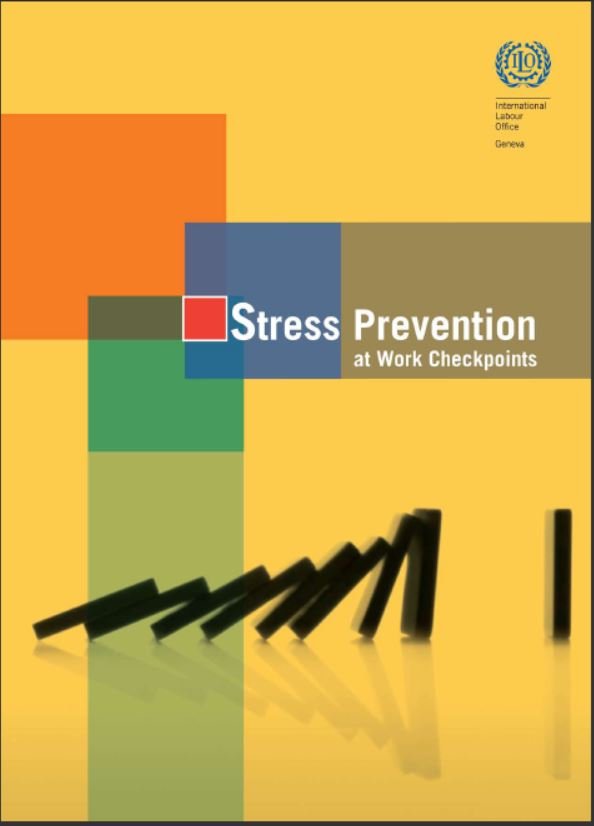Ammonia is a toxic chemical most commonly found in refrigerants, cleaning products, and fertilizers. It can be a liquid or a gas, and it’s most dangerous as a gas. Exposure to a high concentration of ammonia can be fatal.

How workers are exposed
Ammonia is most commonly found in the following three areas:
| Farms |
|
| Refrigeration systems |
|
| Fertilizers and cleaners |
|
The risks
The highest risk comes from breathing the gas, which can be fatal. The level of danger depends on the concentration of ammonia and how long you’ve been exposed to it.
| Low concentration |
|
| High concentration |
|
Ammonia has a distinct, pungent smell, which usually makes it easy to identify. But repeated exposure reduces your ability to smell the gas. This can occur even if levels of the gas are dangerously high.
If there’s an ammonia leak, notify a supervisor immediately. Clear the area, and begin emergency procedures.
How to reduce the risks
To reduce the potential for injury or disease, you need to control the risks and hazards in your workplace.
The most effective way to manage the risk of exposure to ammonia is to eliminate the source of exposure. If that’s not possible, there are other risk controls to use. When choosing risk controls, start by asking yourself the questions in the following steps, listed in order of effectiveness. See our resources for more information.
- Elimination or substitution
Eliminating the hazard by substituting a safer process or material, where possible, is the most effective control. Some questions to consider:
- Can a less hazardous material be used?
- Engineering controls
Making physical modifications to facilities, equipment, and processes can reduce exposure. Some questions to consider:
- Can a process that generates less ammonia be used?
- Can ventilation be improved?
- Can ammonia-producing tasks be enclosed by barriers that prevent gas from leaking into other areas of the workplace?
- Administrative controls
These involve changing work practices and work policies. Providing awareness tools and training also count as administrative controls. All can reduce the risk of exposure to ammonia gas. Some questions to consider:
- Can warning signs be posted in the work area?
- Can signs explaining ammonia exposure symptoms be posted?
- Can written safe work procedures be posted?
- Can a 24-hour continuous ammonia monitor be connected to an alarm system?
- Personal protective equipment
This is the least effective control. When used, there must always be at least one other control in place as well. Some questions to consider:
- Do workers have the required respirators, eye wear, and protective clothing?
- Has personal protective equipment been tested to make sure it is working properly?



